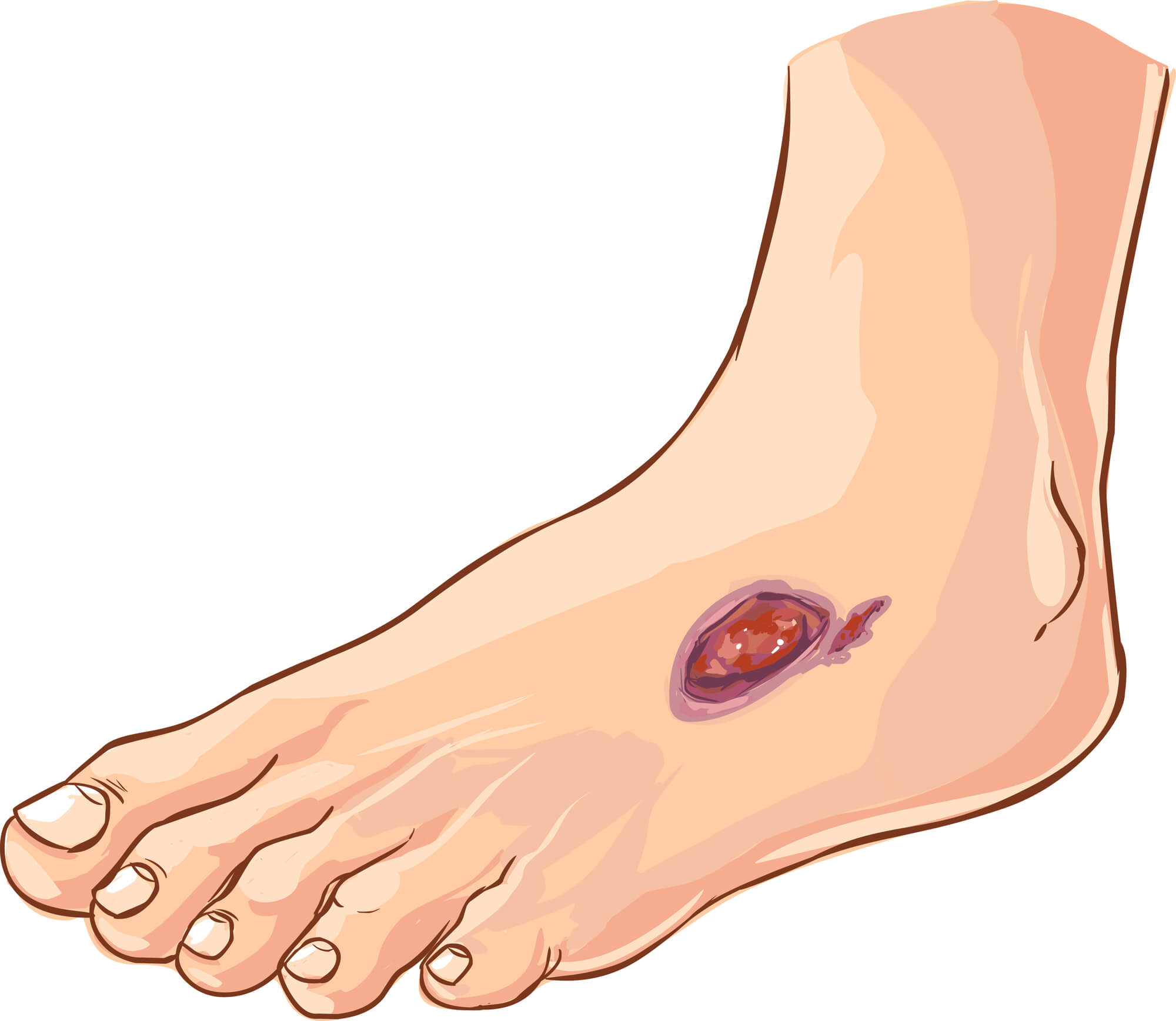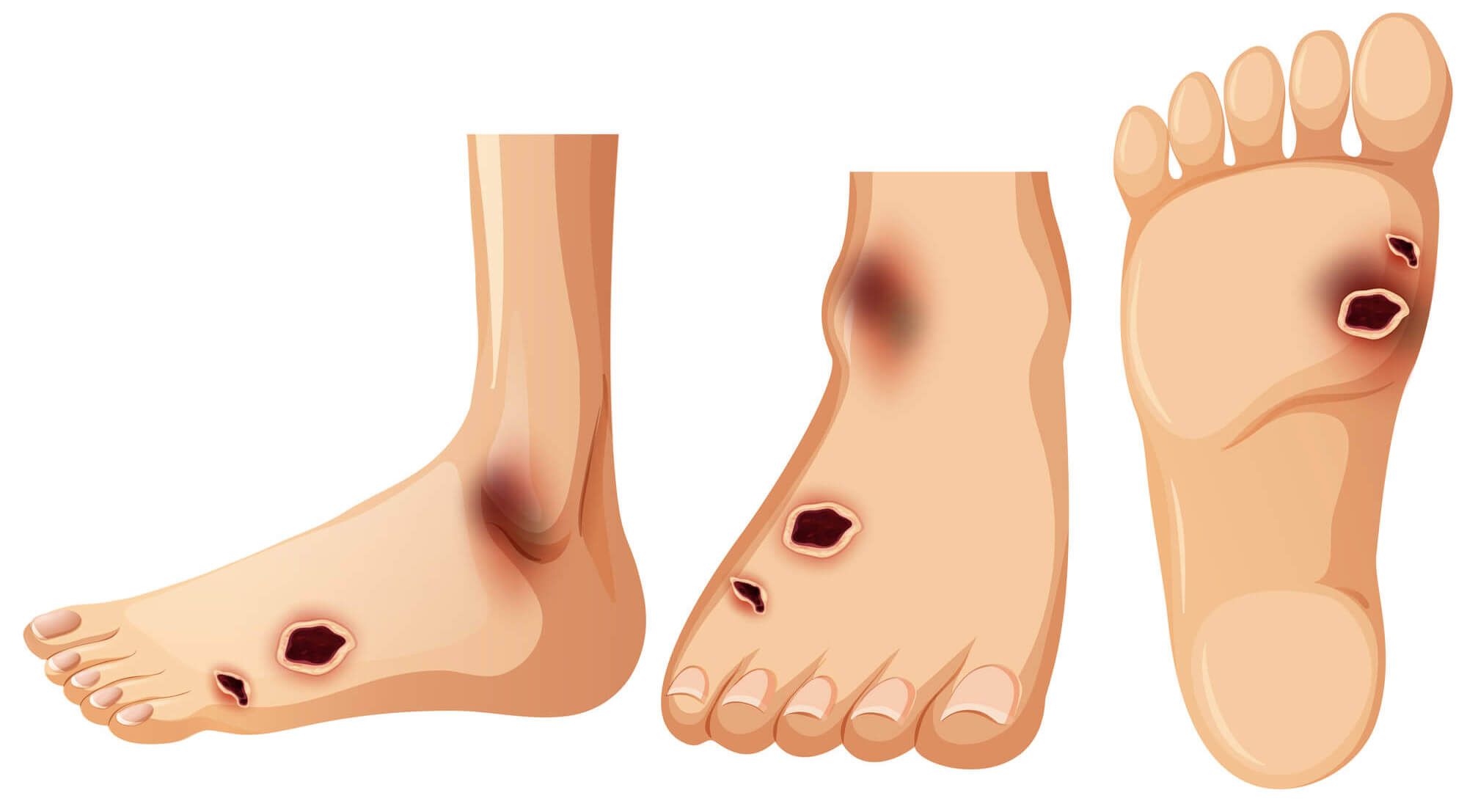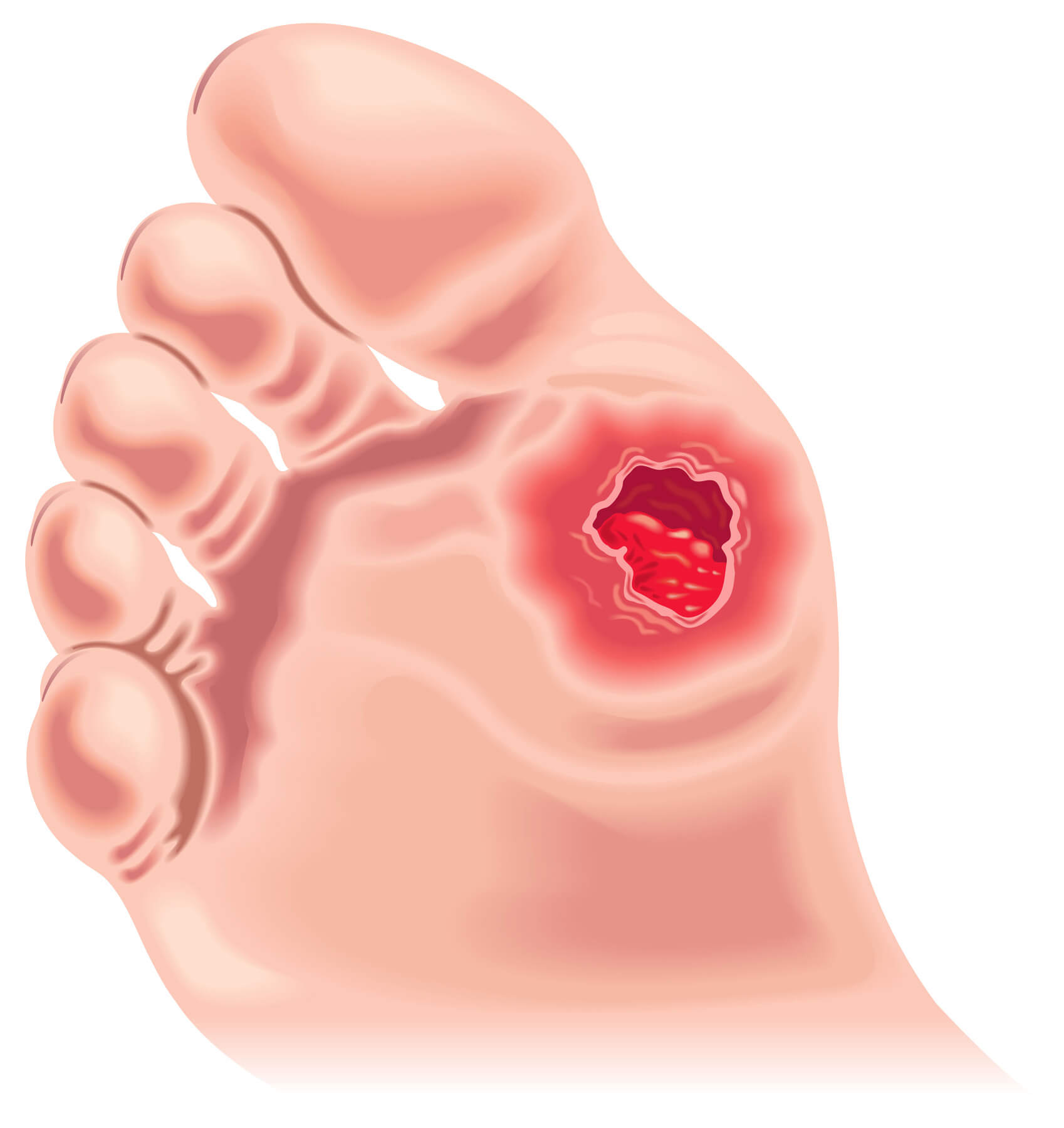How Diabetes Affects the Feet
Diabetes is a chronic disease that affects how your body processes glucose, a type of sugar. Glucose is an important energy source for the body, but it needs the hormone insulin to use it properly. People with diabetes either do not produce enough insulin or their cells do not properly use the insulin they produce, leading to high blood glucose levels.
While high blood sugar levels can cause problems throughout the body, the feet are particularly susceptible to the negative effects of diabetes. In this article, we will explore how diabetes can affect the feet and what you can do to keep your feet healthy if you have diabetes.
How Diabetes Affects Blood Flow and Nerve Function
High blood sugar levels can damage the body's small blood vessels and nerves over time. In the feet, this damage can lead to a decrease in blood flow and nerve function.
Poor blood flow to the feet can make it more difficult for wounds to heal and increase the risk of foot problems. Nerve damage, also known as neuropathy, can cause a loss of sensation in the feet. This can make it difficult to feel pain, heat, or cold in the feet and lead to injuries going unnoticed.

Increased Risk of Foot Injuries and Infections
The combination of decreased sensation and poor circulation can make it more likely for people with diabetes to experience foot injuries and infections. Foot injuries, such as cuts, blisters, and sores, may go unnoticed because of the lack of sensation. These injuries can become infected if left untreated, leading to more serious problems.
Infections in the feet can be especially dangerous for people with diabetes because their immune systems may not be able to fight off the infection effectively. In severe cases, amputation may be necessary to prevent the infection from spreading.

Preventing Foot Complications
Proper foot care is especially important for people with diabetes to prevent foot complications. Here are some tips to help keep your feet healthy:
See a Podiatrist Regularly
People with diabetes need to see a podiatrist, a medical professional specializing in the care of the feet, at least once a year. A podiatrist can check for foot problems, such as foot ulcers, and provide treatment as needed.
Check Your Feet Every Day
It is important to check your feet every day for any cuts, blisters, redness, or swelling. Use a mirror to help you see the bottoms of your feet, or ask a family member or caregiver to help you.
Keep Your Feet Clean and Dry
Wash your feet every day with warm water and mild soap. Dry your feet well, especially between the toes. Moisture can lead to fungal infections, so thoroughly dry your feet after soaking them.
Wear Proper Footwear
Wearing shoes and socks at all times can help protect your feet from injury. Choose shoes that fit well and have plenty of room for your toes. Avoid going barefoot, even at home.
Maintain Healthy Blood Sugar Levels
Good blood sugar control is important for the overall health of your body, including your feet. Talk to your healthcare provider about how to manage your blood sugar levels.

Conclusion
Diabetes can have serious effects on the feet, including decreased blood flow and nerve function, increased risk of foot injuries and infections, and a higher likelihood of amputation. However, you can keep your feet healthy and prevent serious problems with proper foot care and good blood sugar control. Be sure to see a podiatrist regularly, check your feet every day, keep your feet clean and dry, wear proper footwear, and maintain healthy blood sugar levels. Don't let diabetes affect the health of your feet - take charge of your foot care today.
FAQ
What is diabetes, and how does it affect the body?
Diabetes is a chronic disease that affects how the body processes glucose, a type of sugar. There are two main types of diabetes: type 1 and type 2. In type 1 diabetes, the body does not produce any insulin, while in type 2 diabetes, the body does not use insulin properly. High blood sugar levels can cause problems throughout the body, including the feet.
What are the symptoms of diabetes?
The symptoms of diabetes can vary depending on the type and severity of the disease. Common symptoms include increased thirst, frequent urination, fatigue, blurred vision, and slow healing of cuts and wounds.
How does diabetes affect the feet?
Diabetes can affect the feet in several ways. High blood sugar levels can damage the small blood vessels and nerves in the feet, leading to decreased blood flow and nerve function. This can increase the risk of foot injuries and infections and make it more difficult for wounds to heal. In severe cases, amputation may be necessary to prevent an infection from spreading.
What can I do to prevent foot complications if I have diabetes?
There are several steps you can take to prevent foot complications if you have diabetes:
- See a podiatrist regularly
- Check your feet every day
- Keep your feet clean and dry
- Wear proper footwear
- Maintain healthy blood sugar levels
Can diabetes be cured?
There is no cure for diabetes, but it can be managed with proper treatment. This may include medications, lifestyle changes (such as diet and exercise), and monitoring blood sugar. With proper management, people with diabetes can lead healthy lives.
What are the signs of diabetes in your feet?
Some signs of diabetes in the feet may include numbness or tingling, decreased sensation to touch or temperature, and a loss of muscle strength or function. Other possible signs include dry or cracked skin, slow-healing cuts or wounds, and changes in the shape or color of the toenails.
What part of the foot hurts with diabetes?
With diabetes, it is possible to experience pain or discomfort in any part of the foot. Some people may have aching or throbbing sensations, while others may experience shooting pains or cramps.
What are some common foot problems with diabetes?
Some common foot problems that can occur with diabetes include foot ulcers, infections, and Charcot foot (a condition in which the bones in the foot become weakened and can break or change shape). Other potential foot problems associated with diabetes include dry or cracked skin, fungal infections, and ingrown toenails.

